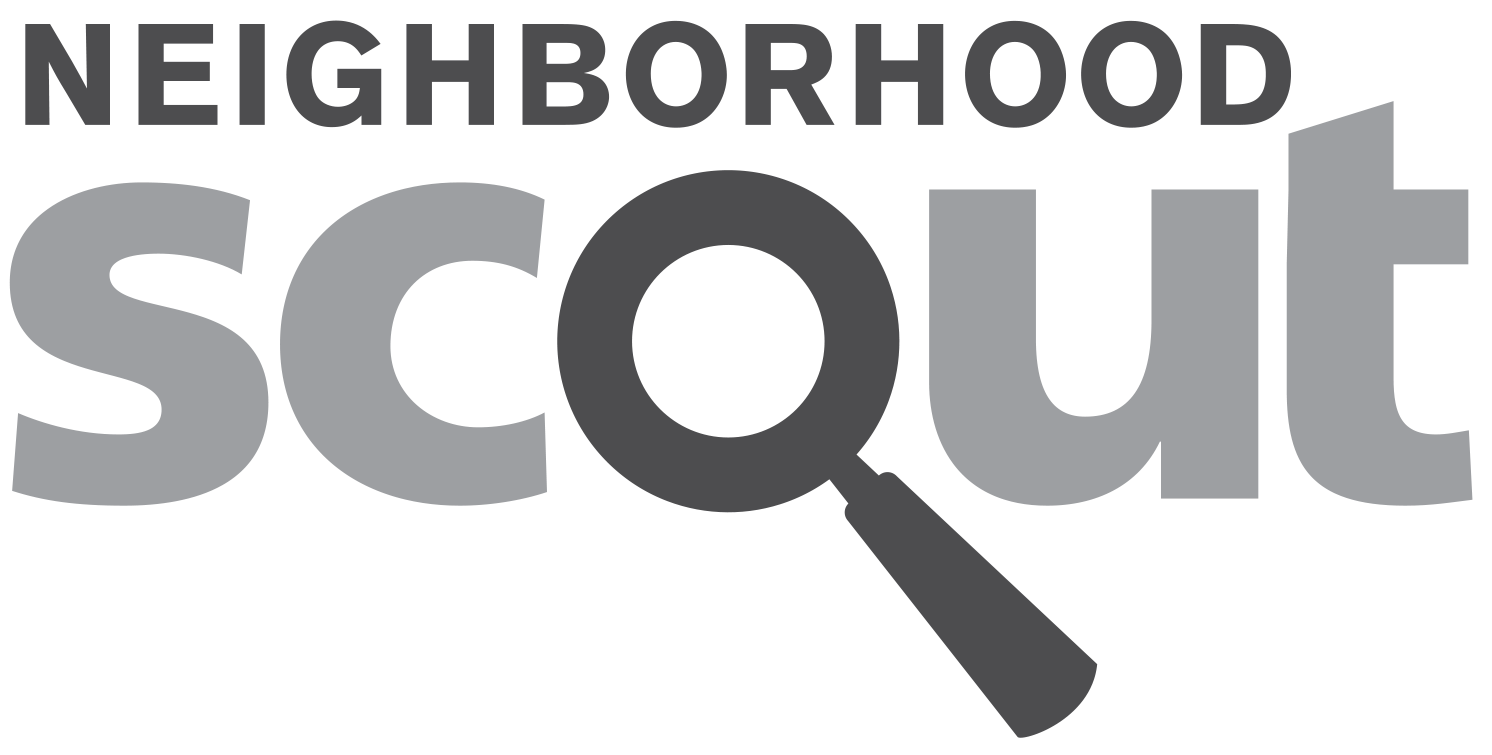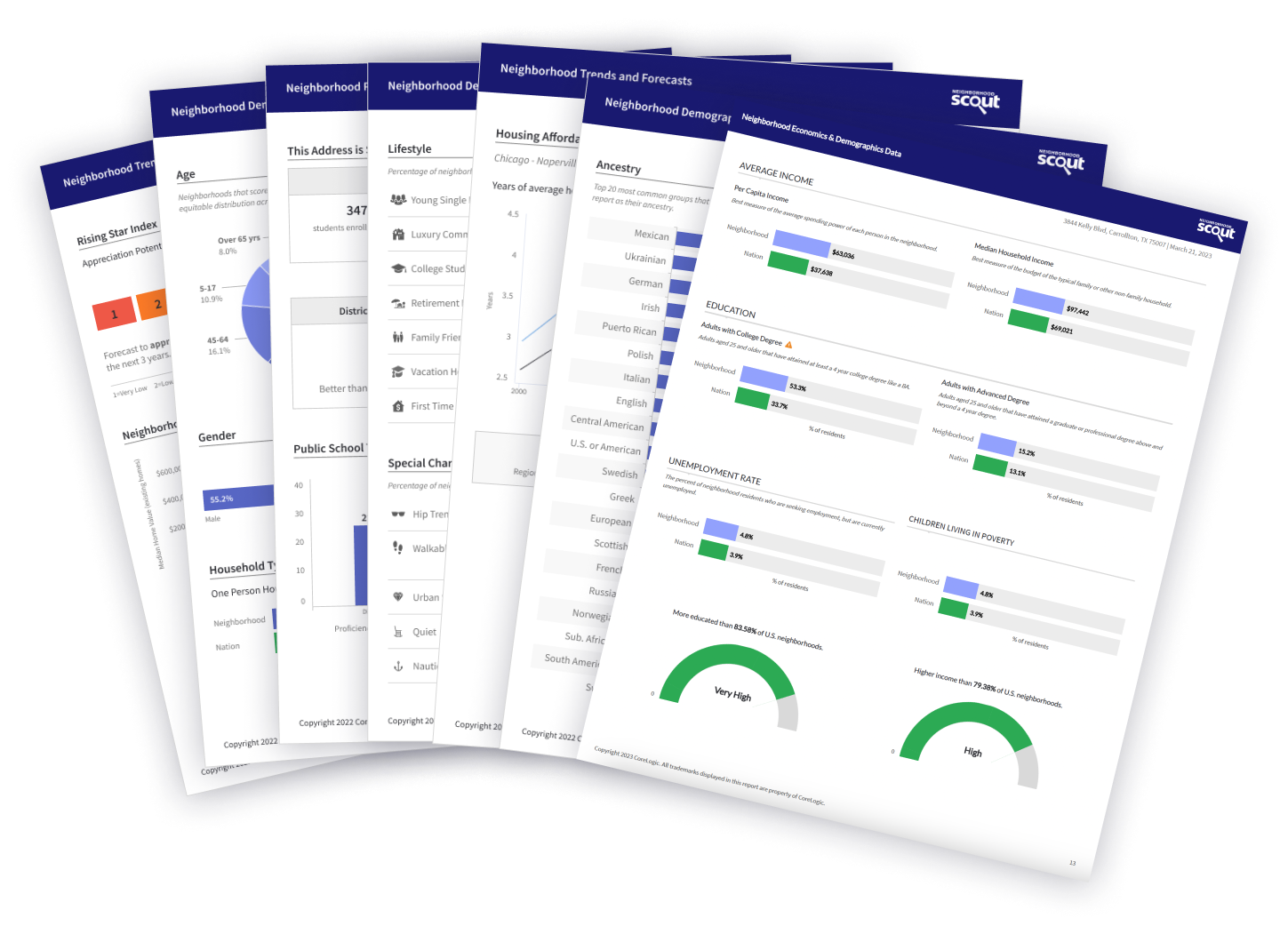Eielson Air Force Base is a very small town located in the state of Alaska. With a population of 2,610 people and just one neighborhood, Eielson Air Force Base is the 27th largest community in Alaska. There's nothing like the smell of a brand new house, and in Eielson Air Force Base, you'll find that a large proportion of houses were recently built. New growth in residential real estate is an indication that people are choosing to move to Eielson Air Force Base, and putting down their money on brand new construction. Eielson Air Force Base’s real estate is, on average, some of the newest in the nation. Eielson Air Force Base does seem to be experiencing an influx of affluent people, because the median household income is $59,716.00.
Eielson Air Force Base is a military town: the armed forces employs 27.74% of the workforce, making the military a major focus of life in the city. In the civilian sector, Public Service and Education are important in the local economy and are the town’s largest civilian employers, employing 19.43% and 17.69% of the civilian workforce respectively.
Also of interest is that Eielson Air Force Base has more people living here who work in computers and math than 95% of the places in the US.
Compared to the rest of the country, citizens of Eielson Air Force Base spend much less time in their cars: on average, their commute to work is only 10.34 minutes. This also means that noise and pollution levels in the town are less than they would otherwise be.
As is often the case in a small town, Eielson Air Force Base doesn't have a public transportation system that people use for their commute.
The education level of Eielson Air Force Base citizens is very high relative to the national average among all cities (21.84%): 34.20% of adults in Eielson Air Force Base have a bachelor's degree or even advanced degree.
The per capita income in Eielson Air Force Base in 2022 was $26,220, which is low income relative to Alaska, and lower middle income relative to the rest of the US. This equates to an annual income of $104,880 for a family of four. However, Eielson Air Force Base contains both very wealthy and poor people as well.
Eielson Air Force Base is an extremely ethnically-diverse town. The people who call Eielson Air Force Base home describe themselves as belonging to a variety of racial and ethnic groups. The greatest number of Eielson Air Force Base residents report their race to be White, followed by Black or African-American. Eielson Air Force Base also has a sizeable Hispanic population (people of Hispanic origin can be of any race). People of Hispanic or Latino origin account for 14.52% of the town’s residents. Important ancestries of people in Eielson Air Force Base include Irish, German, Italian, English, and European.
The most common language spoken in Eielson Air Force Base is English. Other important languages spoken here include Spanish and Korean.
Many things matter about a neighborhood, but the first thing most people notice is the way a neighborhood looks and its particular character. For example, one might notice whether the buildings all date from a certain time period or whether shop signs are in multiple languages. This particular neighborhood in Eielson Air Force Base, the neighborhood, has some outstanding things about the way it looks and its way of life that are worth highlighting.
The neighborhood stands out nationally for having a greater proportion of its residents active in the military than 99.8% of other U.S. neighborhoods. If you come here, you will notice military people active in their jobs, going to and from work, and in plain clothes out and about the neighborhood.
Furthermore, the government often provides some of the more stable jobs in the economy. From local, to state, to federal government workers, the government can also be a major employer. What NeighborhoodScout's analysis revealed, is that the neighborhood in particular stands out when compared nationally for the proportion of its working residents who are employed by the government. At 17.4% of its workforce, this neighborhood has a greater concentration of government workers than 98.3% of U.S. neighborhoods.
Regardless of the means by which residents commute, this neighborhood has a length of commute that is notable. Residents of the neighborhood have the pleasure of having one of the shortest commutes to work of any neighborhood in America. 83.7% of the residents have a commute time from home to work (one way) of less than fifteen minutes. This is a higher proportion of residents enjoying a short trip to work than NeighborhoodScout found in 99.8% of U.S. neighborhoods. Less time commuting means more time for other things in life.
Many people dream of living along a street lined with row houses or other attached homes. Such places do often have an abundance of charm. If you are one of these people, the neighborhood could be your paradise. With 56.1% of the homes and real estate here classified as rowhouses or other attached homes, this neighborhood brims with opportunity to find the right place for you. Only 0.9% of U.S. neighborhoods have more row houses than this neighborhood, making it one of the most interesting things about this special neighborhood.
In addition, this neighborhood has wide open spaces, few people, and lots of space to stretch out. If you like locations that fit that description, you may like this neighborhood. Based on NeighborhoodScout's exclusive analysis, with only 6 people per square mile living here, this neighborhood is less crowded than 98.0% of America.
Furthermore, 91.2% of the real estate in the neighborhood is occupied by renters, which is nearly the highest rate of renter occupancy of any neighborhood in America.
Priests and therapists would like to think they know the secrets to a truly successful marriage, but according to NeighborhoodScout's research, the folks of the neighborhood may actually hold the key. 71.2% of its residents are married, which is a higher percentage than is found in 97.2% of the neighborhoods in America.
In addition, with a nice mix of college students, safety from crime, and decent walkability, the neighborhood rates highly as a college student friendly place to live, and one that college students and their parents may want to consider. NeighborhoodScout's analysis shows that it rates more highly for a good place for college students to live than 89.8% of the neighborhoods in AK. This often also means that the area has certain amenities and services geared towards college students, from undergraduates to graduate students.
More people in choose to walk to work each day (10.4%) than almost any neighborhood in America. If you are attracted to the idea of being able to walk to work, this neighborhood could be a good choice.
Some neighborhoods have more internal cohesiveness than others. While other neighborhoods feel like a collection of strangers who just happen to live near each other. Sometimes this comes down to not only the personalities of the people in a place, but how long people have been together in that neighborhood. NeighborhoodScout's research has revealed some interesting things about the rootedness of people in the neighborhood. In the neighborhood, a greater proportion of the residents living here today did not live here five years ago than is found in 97.4% of U.S. Neighborhoods. This neighborhood, more than almost any other in America, has new residents from other areas.
Did you know that the neighborhood has more Irish ancestry people living in it than nearly any neighborhood in America? It's true! In fact, 21.8% of this neighborhood's residents have Irish ancestry.
There are two complementary measures for understanding the income of a neighborhood's residents: the average and the extremes. While a neighborhood may be relatively wealthy overall, it is equally important to understand the rate of people - particularly children - who are living at or below the federal poverty line, which is extremely low income. Some neighborhoods with a lower average income may actually have a lower childhood poverty rate than another with a higher average income, and this helps us understand the conditions and character of a neighborhood.
The neighbors in the neighborhood in Eielson Air Force Base are lower-middle income, making it a below average income neighborhood. NeighborhoodScout's research shows that this neighborhood has an income lower than 70.8% of U.S. neighborhoods. In addition, 2.6% of the children seventeen and under living in this neighborhood are living below the federal poverty line, which is a lower rate of childhood poverty than is found in 72.5% of America's neighborhoods.
The old saying "you are what you eat" is true. But it is also true that you are what you do for a living. The types of occupations your neighbors have shape their character, and together as a group, their collective occupations shape the culture of a place.
In the neighborhood, 55.1% of the working population is employed in executive, management, and professional occupations. The second most important occupational group in this neighborhood is the military, with 26.6% of the residents employed. Other residents here are employed in manufacturing and laborer occupations (23.4%), and 17.4% in government jobs, whether they are in local, state, or federal positions.
Languages
The most common language spoken in the neighborhood is English, spoken by 92.8% of households. Some people also speak Spanish (6.0%).
Ethnicity / Ancestry
Culture is the shared learned behavior of peoples. Undeniably, different ethnicities and ancestries have different cultural traditions, and as a result, neighborhoods with concentrations of residents of one or another ethnicities or ancestries will express those cultures. It is what makes the North End in Boston so fun to visit for the Italian restaurants, bakeries, culture, and charm, and similarly, why people enjoy visiting Chinatown in San Francisco.
In the neighborhood in Eielson Air Force Base, AK, residents most commonly identify their ethnicity or ancestry as Irish (21.8%). There are also a number of people of German ancestry (11.8%), and residents who report Mexican roots (10.7%), and some of the residents are also of English ancestry (7.2%), along with some Italian ancestry residents (6.9%), among others.
Even if your neighborhood is walkable, you may still have to drive to your place of work. Some neighborhoods are located where many can get to work in just a few minutes, while others are located such that most residents have a long and arduous commute. The greatest number of commuters in neighborhood spend under 15 minutes commuting one-way to work (83.7% of working residents), one of the shortest commutes across America.
Here most residents (77.2%) drive alone in a private automobile to get to work. In addition, quite a number also hop out the door and walk to work to get to work (10.4%) and 8.7% of residents also carpool with coworkers, friends, or neighbors for their daily commute. In a neighborhood like this, as in most of the nation, many residents find owning a car useful for getting to work.

